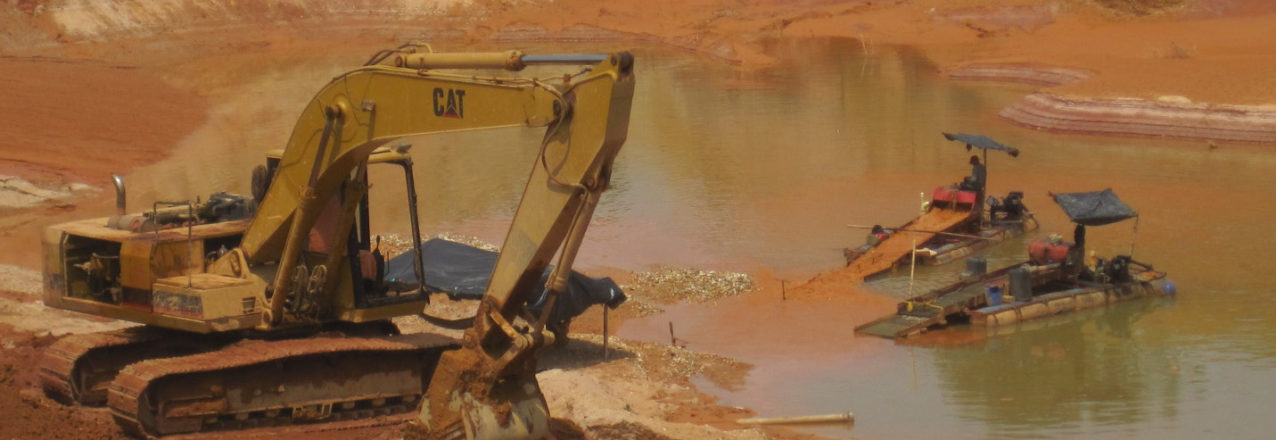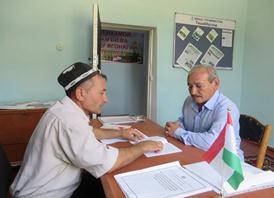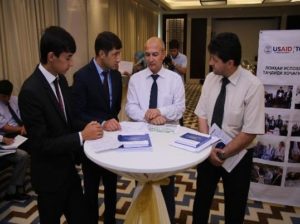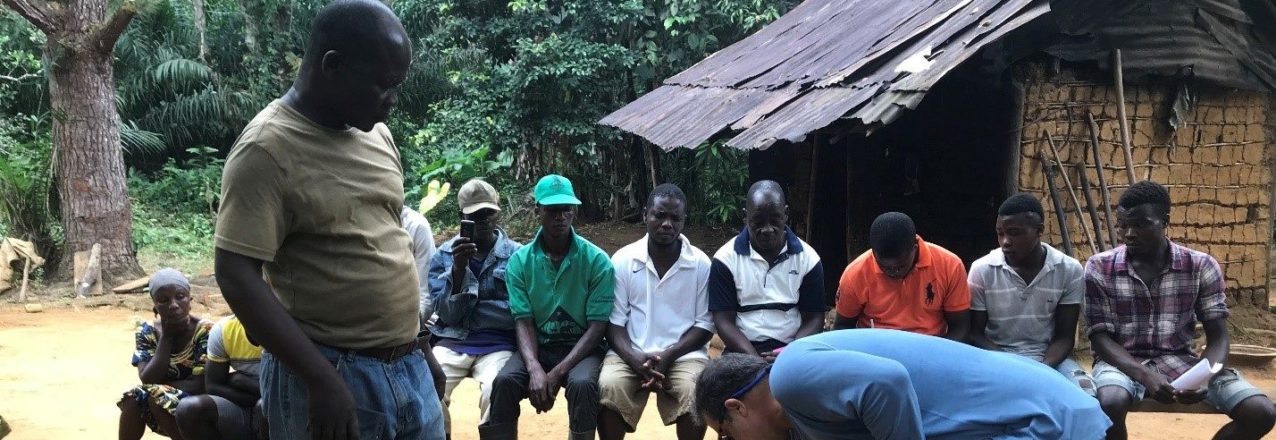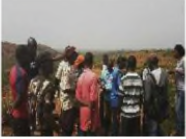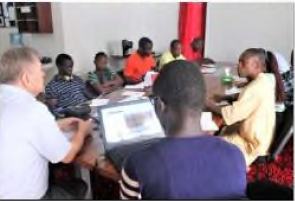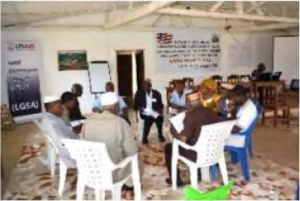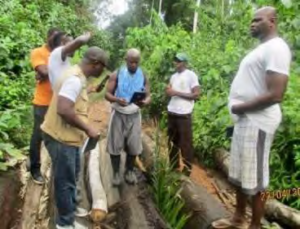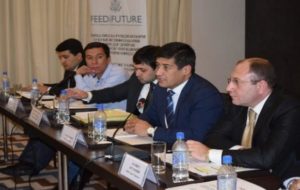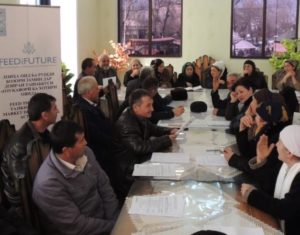Executive Summary
Artisanal and small-scale mining (ASM) is a global phenomenon that supports tens to hundreds of thousands of workers in many Latin American countries. Although much of the work is difficult, dangerous, and often at the subsistence level, the pay is usually better than the alternatives in many of the rural areas where it occurs and can help support impoverished communities.
The extent of impacts on biodiversity from artisanal and small-scale mining (ASM) depend on the type of mining, the area in which it is occurring, and the location. Some communities have practiced local small-scale hard-rock mining for generations with minor local impacts. Other regions, such as the Madre de Dios in Peru, have experienced widespread devastation of primary tropical forests, with illegal alluvial gold mining serving as the leading cause of deforestation in the region. Although the Madre de Dios region receives the most media attention due to the graphic nature of the destruction, illegal and/or Artisanal and Small-Scale Gold Mining (ASGM) occurs in every department in Peru.
ASGM is also a leading cause of deforestation in highly biodiverse regions of Colombia, where most mining is also informal or illegal. Brazil has the largest ASGM mining area in the world in the Tapajos River basin, which is a tributary to the Amazon (Section 2.3.3). Less of the mining in Brazil is illegal, although conflict with indigenous community lands is increasing and regulatory oversight is often conflicting among agencies. ASM is less well documented and seems to be less pervasive in Central American countries, but still occurs in areas of high biodiversity. Although ASM may be a leading cause of deforestation in the areas where there are significant mining communities in Central and South America, it is dwarfed by forest loss due to agricultural conversion to ranching and farming land. (Section 4, Figure 13).
Impacts on biodiversity from ASM range from local destruction or degradation of habitat to watershed-scale impacts from pollution to global lethal and sublethal effects of mercury bioaccumulation (Section 3). Multiple studies and projects have documented the extent of deforestation in the target countries using remote sensing, primarily in South America. Multiple studies in South America document severe water quality impacts from mercury, sedimentation, and acid mine drainage. Massive amounts of sediment are released into waterways from alluvial mining, causing downstream sedimentation, increases in turbidity, and changes in aquatic biota. Several studies showed changes in freshwater fish populations due to sedimentation from mining. Sediment plumes can impact rivers for many miles downstream and may also affect estuaries and coral reefs.
Many global studies and a few studies in Latin America have described impacts of mercury contamination on wildlife (Section 3.5.3). ASGM (artisanal small-scale gold mining) is the leading contributor of mercury to the environment globally, and the effects and extent of mercury contamination have been documented at the local, regional, and global scale. Mercury contamination is widespread in the Amazon basin both from natural sources and from widespread mercury use in ASGM. Methyl mercury, the more biohazardous form, bioaccumulates in the food chain and has been documented at high levels in people and wildlife near mines, in indigenous peoples far from active mining areas in the Amazon basin, and in fish and wildlife as far away as the Arctic, where breeding bird populations may be declining due to elevated mercury deposition. In addition to global transport of mercury, contamination can impact large areas downwind and downstream from mines and processing centers.
Acid mine drainage is typically associated with hard rock mining, where sulfide-bearing rocks are exposed to oxygen and produce sulfuric acid. Heavy metals can also be released when cyanide is used to process gold-bearing ore since it also effectively leaches other metals. Studies along the Puyango-Tumbes river in Ecuador and northern Peru have documented extensive cyanide, mercury, and heavy metal contamination and associated impacts on biodiversity (Section 3.5.2).
The drivers of ASM depend on local conditions and are a complex mix of poverty, corruption, weak or conflicting regulatory oversight, economic pressures, organized crime, tradition, and lack of access to opportunity and education (Section 1.3.2). Attempts to reduce the impacts from ASM on the environment and on human communities have met with mixed results. Efforts to date have focused on education, formalization, enforcement, remediation, and reduction of mercury use in the case of ASGM. As with the wide array of biodiversity in the target countries, there is a wide diversity of conditions under which ASM is occurring and there appears to be no single approach that is proving most effective to reduce its negative impacts (Section 5).
Many organizations are working on aspects of the Minamata Convention, that, while focused on reducing mercury use and consumption, also includes reducing worst-practices, providing education, and formalizing ASGM. It is a global treaty with significant resources for implementation and most Latin American target countries have ratified the agreement, excepting Colombia and Guatemala, who have signed, but not ratified the treaty. A summary of existing treaties, policies, and programs addressing ASM is included in Section 5.


